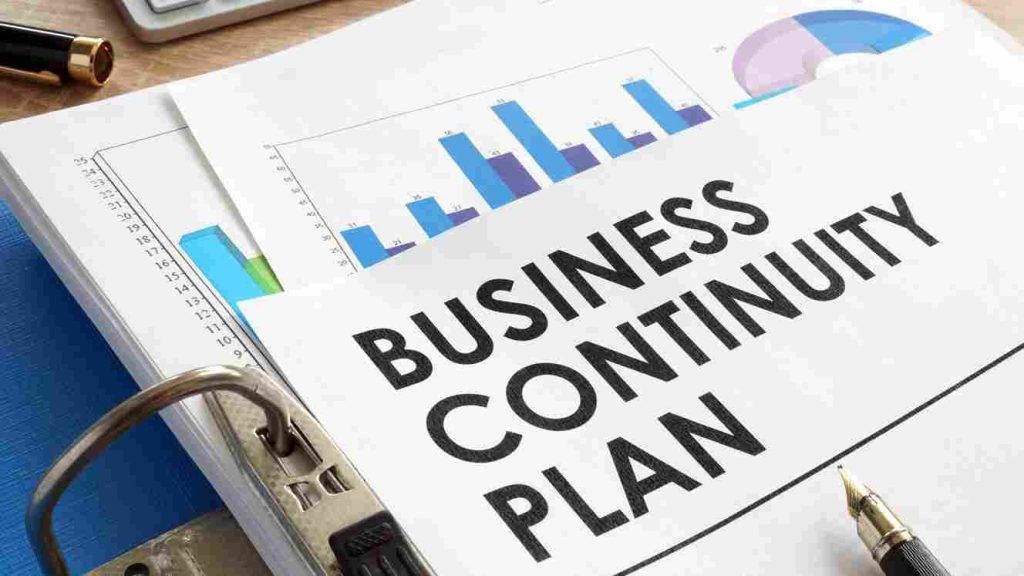With rising threats from natural disasters, cyberattacks, public health crises and more, developing organizational resilience and continuity capabilities is imperative for enterprises today. But what exactly is the difference between business resilience and business continuity? While intrinsically linked, they are distinct disciplines.
In this comprehensive guide, we’ll compare business resilience and business continuity – from definitions and focus areas to how they complement each other in minimizing disruption impacts.
Table of Contents
Why Resilience and Continuity Are Crucial Today
In our increasingly volatile and complex global business environment, threats seem to arise nonstop from every direction, including:
- Natural disasters like hurricanes, floods, wildfires, tornadoes that cause massive destruction.
- Technical failures such as power outages, network downtime, hardware failures that disrupt operations.
- Human errors including data breaches, compliance violations, faulty configurations that create complications.
- Malicious external threats ranging from ransomware attacks to data theft by bad actors.
- Geopolitical instability and conflicts that impact supply chains, financial systems, and more.
- Public health crises as Covid-19 demonstrated devastatingly.
These mounting risks mean organizational resilience and continuity are no longer nice-to-haves but fundamental to business viability. Leaders must prioritize developing capabilities to address whatever disruption comes next.
Understanding Business Resilience
Business resilience refers to an organization’s capability to anticipate, prepare for, respond and adapt to sudden disruptions as well as gradual changes in the competitive environment or business models. Key qualities include:
- Security – Protecting assets, infrastructure, supply chains and sensitive data against both external and insider threats proactively.
- Adaptability – Modifying strategies, operations, processes and business models nimbly to sustain performance through market shifts and challenges.
- Redundancy – Maintaining backup systems, data, and access to alternate suppliers to provide failover in case of disruptions.
- Recovery – The ability to rapidly restore essential operations, technology systems, and data access after an incident or outage.
- Situational Awareness – Having visibility into emerging threats and opportunities in real-time to make fast informed decisions.
- Collaboration – Leveraging partnerships, ecosystems and stakeholders to access capacity and capabilities.
Understanding Business Continuity

Business continuity refers to the collection of policies, procedures and plans organizations put in place to ensure critical business operations can continue functioning in the event of disruptions. Continuity activities include:
- Process Analysis – Inventorying essential business functions, processes and assets. Identifying impacts and risks from potential disruptions.
- Continuity Strategies – Creating detailed response plans and procedures to maintain or restore priority operations during incidents.
- Recovery Objectives – Defining targeted timeframes for recovery and restoration such as maximum tolerable technology downtime and acceptable data loss.
- Testing – Conducting exercises and simulations to assess the viability of continuity strategies and spot gaps.
- Communications – Documenting procedures for notifying internal stakeholders as well as external partners, suppliers, and customers during an incident.
- Training – Educating employees across the organization about their roles and responsibilities within continuity plans.
Key Differences Between Business Resilience and Continuity
While complementary, business resilience and continuity differ markedly in focus:
- Focus – Resilience concentrates on flexibility, change readiness and continuing operations through evolving conditions. Continuity focuses on stability, restoring normal operations, and meeting defined recovery metrics.
- Scope – Resilience takes a comprehensive view across the entire organization. Continuity zeroes in on essential business functions.
- Mindset – Resilience emphasizes thriving amidst disruption. Continuity focuses on survivability.
- Time Horizon – Resilience takes a proactive approach while continuity is reactive, kicked into motion during or after an event.
- Measurement – Resilience examines overall organizational responsiveness and health. Continuity measures effectiveness based on RTOs and RPOs.
Business Resilience and Continuity Work Together
While distinct disciplines, resilience and continuity are interdependent and mutually reinforcing:
- Continuity plans, procedures and infrastructure support overall enterprise resilience when disruptions strike.
- Resilience capabilities like redundancy, flexibility and collaboration provide the foundation required for continuity strategies to meet targeted recovery metrics.
- Developing robust resilience makes continuity planning and testing more meaningful by validating effectiveness against real-world conditions.
- Both continuity and resilience help manage organizational risks. They each provide unique but complementary capabilities for ensuring business viability.
Integrated together, resilience and continuity minimize the operational, financial and reputational impacts from inevitable disruptions today’s organizations face.
Building Resilience and Continuity Capabilities
Organizations should take these steps to cultivate robust resilience and continuity:
- Conduct risk assessments to identify vulnerabilities in processes, and supply chains. Quantify potential business impacts.
- Implement redundancy for critical technology systems, data, business processes and suppliers. Build in contingency plans.
- Validate continuity procedures and strategies through comprehensive testing exercises and simulations.
- Develop an organizational culture focused on readiness, responsiveness, and adaptation rather than rigidity.
- Provide training across the company to build staff awareness of roles in ensuring resilience and executing continuity plans.
- Review resilience levels and continuity plans regularly based on lessons learned and evolving risk landscapes.
With deliberate focus, organizations can transform resilience and continuity from afterthoughts into competitive differentiators.
The Bottom Line
In today’s environment with escalating business threats, resilience and continuity are imperative capabilities for organizations to survive and thrive. While distinct disciplines, business resilience and continuity reinforce each other when integrated together thoroughly across enterprises.
FAQs
Cross-training staff, diversifying suppliers, implementing IT redundancy, ensuring cyber readiness, decentralizing operations.
Annually at a minimum. Anytime plans change substantially. And following major disruptions to validate effectiveness.
RTOs (recovery time objectives) define how quickly systems should be restored after an outage. RPOs (recovery point objectives) define the maximum acceptable amount of data loss.
They are equally critical and fundamentally interconnected. Resilience enables continuity capabilities that minimize disruption impacts.
Escalating cyberattacks, climate change induced natural disasters, global supply chain instability, geopolitical conflicts and public health crises.
